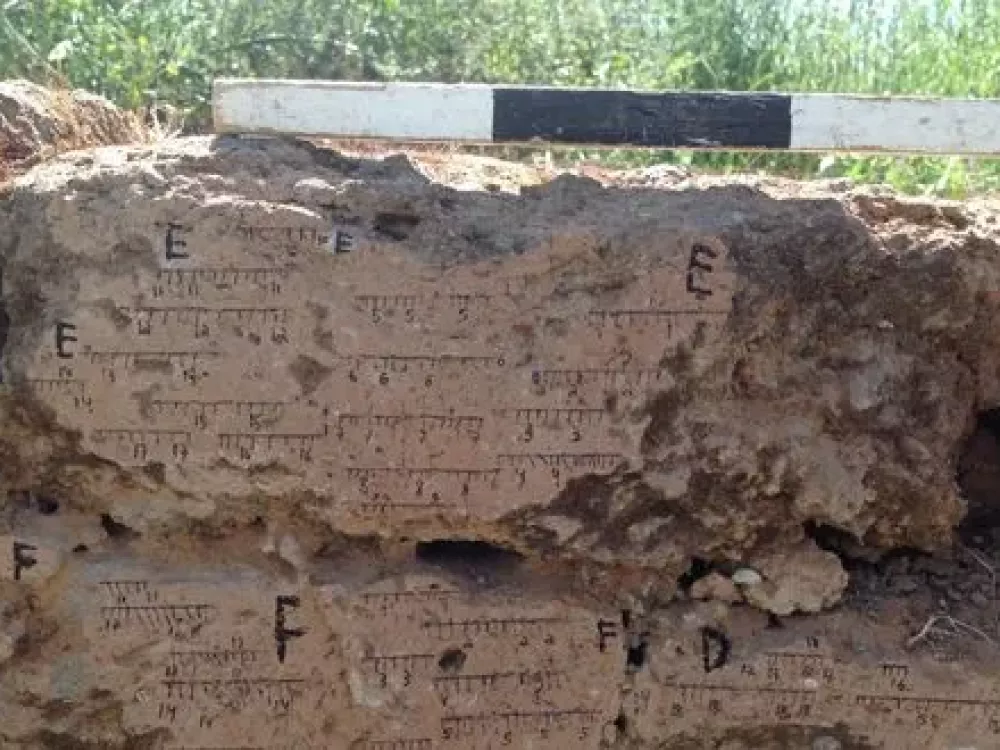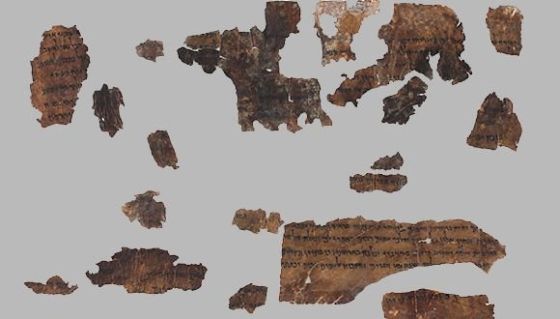
Dead Sea Scrolls “puzzle” solved with DNA from ancient animal skins
Ancient DNA extracted from Dead Sea Scrolls by Tel Aviv University researchers permits rare, unanticipated glimpse into world of Second Temple Judaism
An interdisciplinary team from Tel Aviv University, led by Prof. Oded Rechavi of TAU’s George S. Wise Faculty of Life Sciences, Prof. Noam Mizrahi of TAU’s Department of Biblical Studies, in collaboration with Prof. Mattias Jakobsson of Uppsala University in Sweden, the Israel Antiquities Authority and Prof. Christopher E. Mason of Weill Cornell Medicine, has successfully decoded ancient DNA extracted from the animal skins on which the Dead Sea Scrolls were written. By characterizing the genetic relationships between different scroll fragments, the researchers were able to discern important historical connections.
The research, conducted over seven years, sheds new light on the Dead Sea Scrolls. “There are many scroll fragments that we don’t know how to connect, and if we connect wrong pieces together it can change dramatically the interpretation of any scroll. Assuming that fragments that are made from the same sheep belong to the same scroll,” explains Prof. Rechavi, “it is like piecing together parts of a puzzle.”
The Dead Sea Scrolls refers to some 25,000 fragments of leather and papyrus discovered beginning in 1947, mostly in the Qumran caves but also in other sites located in the Judean Desert. Among other things, the scrolls contain the oldest copies of biblical texts. Since their discovery, scholars have faced the breathtaking challenge of classifying the fragments and piecing them together into the remains of some 1,000 manuscripts, which were hidden in the caves before the destruction of the Second Temple in 70 CE.
A puzzle with thousands of pieces
Researchers have long been puzzled as to the degree this collection of manuscripts, a veritable library from the Qumran caves, reflects the broad cultural milieu of Second Temple Judaism, or whether it should be regarded as the work of a radical sect (identified by most as the Essenes) discovered by chance.
“Imagine that Israel is destroyed to the ground, and only one library survives — the library of an isolated, ‘extremist’ sect: What could we deduce, if anything, from this library about greater Israel?” Prof. Rechavi says. “To distinguish between scrolls particular to this sect and other scrolls reflecting a more widespread distribution, we sequenced ancient DNA extracted from the animal skins on which some of the manuscripts were inscribed. But sequencing, decoding and comparing 2,000-year old genomes is very challenging, especially since the manuscripts are extremely fragmented and only minimal samples could be obtained.”
Pnina Shor, founder of the Dead Sea Scrolls Unit at the Israel Antiquities Authority, adds, “The Israel Antiquities Authority is in charge of both preserving the scrolls for posterity and making them accessible to the public and to scholars. Recent scientific and technological advances enable us to minimize physical intervention on the scrolls, thus facilitating multidisciplinary collaborations.”
New methods for solving ancient mysteries
To tackle their daunting task, the researchers developed sophisticated methods to deduce information from tiny amounts of ancient DNA, carefully filtering out potential contaminations and statistically validating the findings. The team employed these mechanisms to deal with the challenge posed by the fact that genomes of individual animals of the same species (for instance, two sheep of the same herd) are almost identical to one another, and even genomes of different species (such as sheep and goats) are very similar.
For the purpose of the research, the Dead Sea Scrolls Unit of the Israel Antiquities Authority supplied samples — sometimes only scroll “dust” carefully removed from the uninscribed back of the fragments — and sent them for analysis by Prof. Rechavi’s team: Dr. Sarit Anava, Moran Neuhof, Dr. Hila Gingold and Or Sagi. To prevent DNA contamination, Dr. Anava traveled to Sweden to extract the DNA under the meticulous conditions required for ancient DNA analysis (e.g. wearing special full-body suits) in Prof. Jakobsson’s paleogenomics lab in Uppsala, which is equipped with cutting-edge equipment.
In parallel to the teams that were studying the animals’ ancient DNA, Prof. Mason’s metagenomics lab in New York studied the scrolls’ microbial contaminants. Prof. Jakobsson says, “It is remarkable that we were able to retrieve enough authentic ancient DNA from some of these 2,000 year old fragments considering the tough history of the animal hides. They were processed into parchment, used in a rough environment, left for two millennia, and then finally handled by humans again when they were rediscovered.”
Textual pluralism opens window into culture of Second Temple Jewish society
According to Prof. Rechavi, one of the most significant findings was the identification of two very distinct Jeremiah fragments.
“Almost all the scrolls we sampled were found to be made of sheepskin, so most of the effort was invested in the very challenging task of trying to piece together fragments made from the skin of particular sheep, and to separate these from fragments written on skins of different sheep that also share an almost identical genome,” says Prof. Rechavi. “However, two samples were discovered to be made of cowhide, and these happen to belong to two different fragments taken from the Book of Jeremiah. In the past, one of the cow skin-made fragments was thought to belong to the same scroll as another fragment that we found to be made of sheepskin. The mismatch now officially disproves this theory.
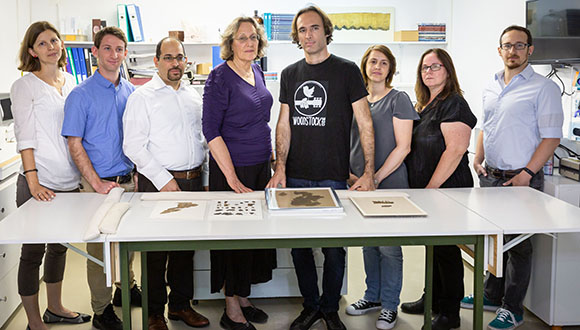
“What’s more, cow husbandry requires grass and water, so it is very likely that cow hide was not processed in the desert but was brought to the Qumran caves from another place. This finding bears crucial significance, because the cowhide fragments came from two different copies of the Book of Jeremiah, reflecting different versions of the book, which stray from the biblical text as we know it today.”
Prof. Mizrahi further explains, “Since late antiquity, there has been almost complete uniformity of the biblical text. A Torah scroll in a synagogue in Kiev would be virtually identical to one in Sydney, down to the letter. By contrast, in Qumran we find in the very same cave different versions of the same book. But, in each case, one must ask: Is the textual ‘pluriformity,’ as we call it, yet another peculiar characteristic of the sectarian group whose writings were found in the Qumran caves? Or does it reflect a broader feature, shared by the rest of Jewish society of the period? The ancient DNA proves that two copies of Jeremiah, textually different from each other, were brought from outside the Judean Desert. This fact suggests that the concept of scriptural authority — emanating from the perception of biblical texts as a record of the Divine Word — was different in this period from that which dominated after the destruction of the Second Temple. In the formative age of classical Judaism and nascent Christianity, the polemic between Jewish sects and movements was focused on the ‘correct’ interpretation of the text, not its wording or exact linguistic form.”
Related posts


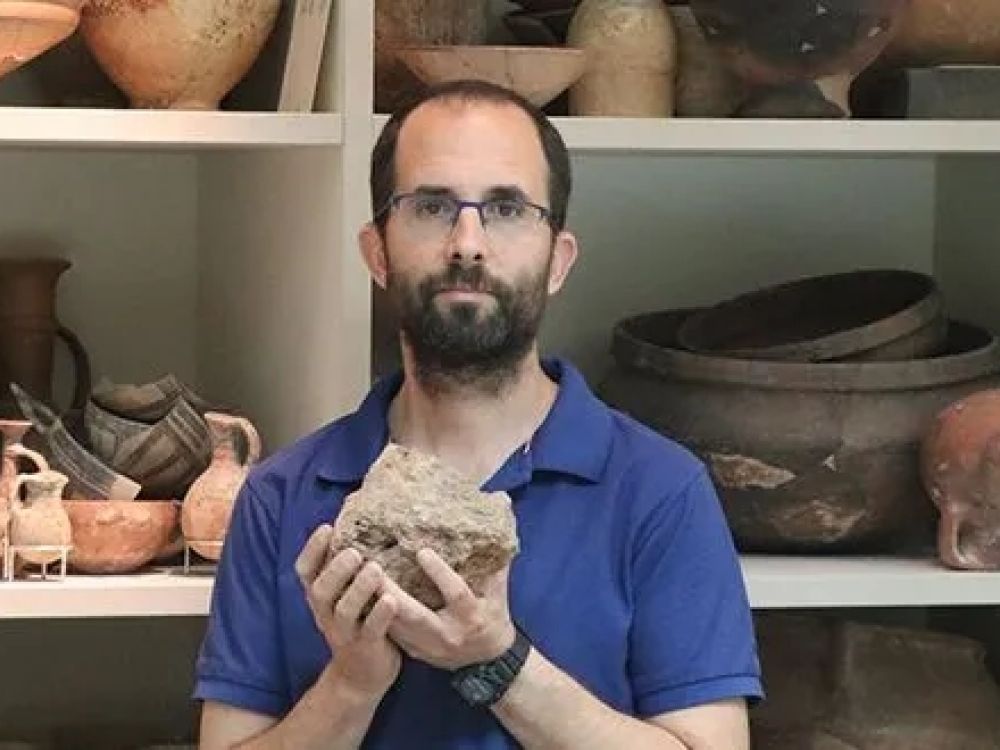

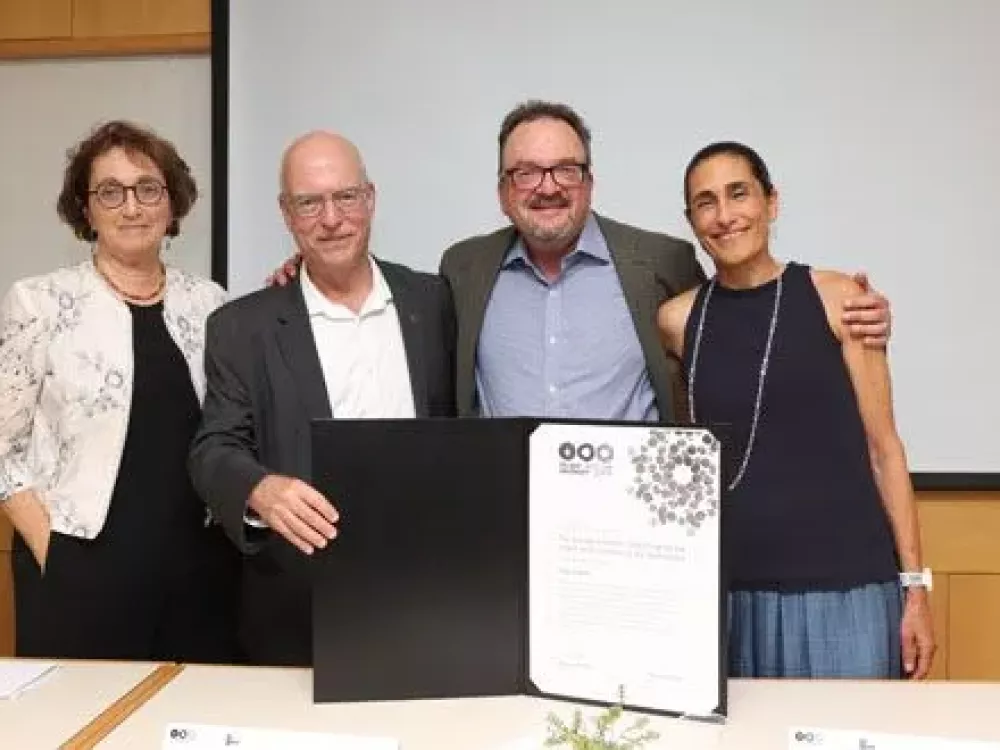
Empowering Israeli-Arab Students in Humanities

